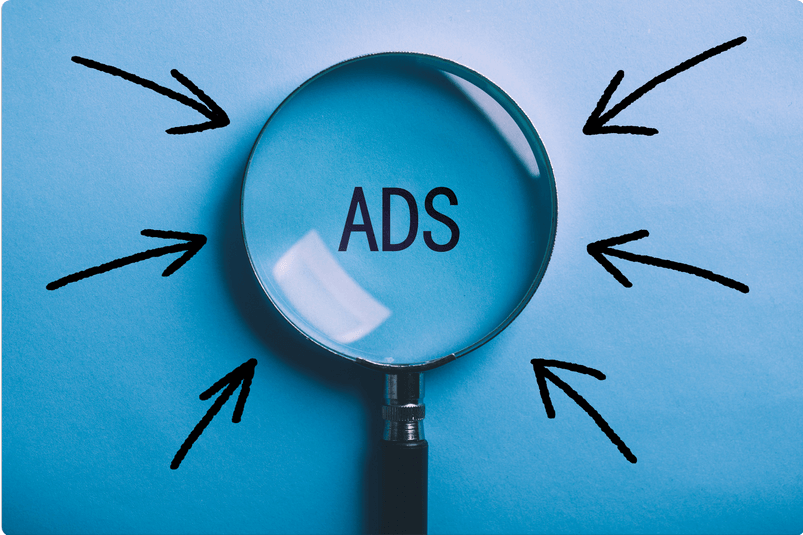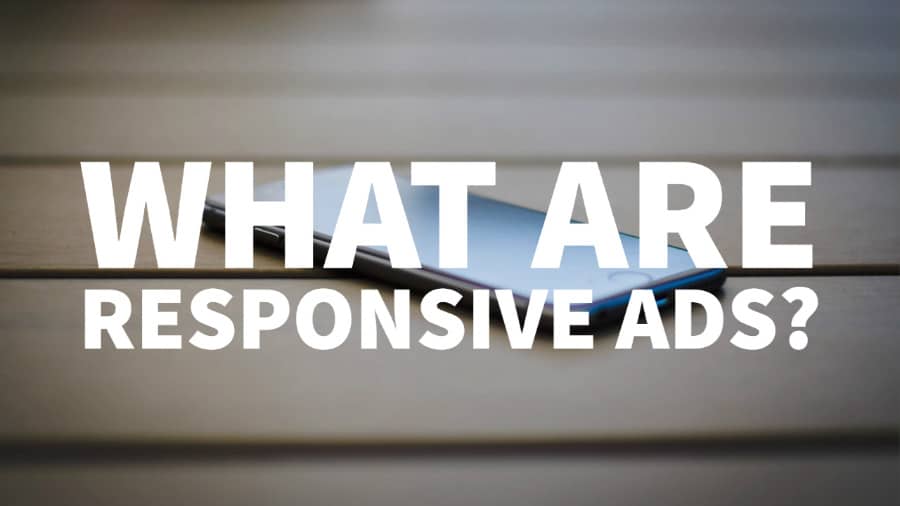A Detailed Guide to Optimizing Responsive Ads in Google’s Dynamic Advertising Landscape
In this universe of constant flux, Google Ads’ Responsive Ads is a revolutionary tool that optimizes your digital marketing efforts. This in-depth guide will empower you with the knowledge to harness the full potential of Responsive Ads, transforming your online presence and driving impactful results.
Embracing the Future: The Rise of Responsive Ads
In the heart of Google Ads’ ecosystem, Responsive Ads are proving to be a game-changer. As digital chameleons, they automatically adjust their format, appearance, and size to fit any ad space available. This adaptive nature allows businesses to broadcast their messages across many platforms, reaching audiences where they are most engaged.
Navigating the Blueprint: Understanding the Architecture of Responsive Ads
A comprehensive understanding of Responsive Ads’ architecture is a prerequisite to successful deployment. Responsive Ads consist of three core elements: headlines, descriptions, and images or logos. Each component must be precisely crafted to ensure a cohesive and compelling narrative.
Decoding the Headline: The Art of Capturing Attention
Headlines are the lifeblood of your ad, responsible for capturing the user’s attention. Responsive Ads with up to 15 headlines allow you to test and refine your messaging, ensuring optimal engagement. Incorporate your value proposition and call to action in the headlines to spur immediate responses from your audience.
Unlocking the Description: Crafting Persuasive Narratives
Descriptions in Responsive Ads play a crucial role in persuading users to take action. Google Ads allows up to four 90-character reports, providing ample space to detail your offerings’ unique selling points. Leverage this space to build a compelling narrative that resonates with your target audience and drives them to action.
Mastering Visual Assets: Leveraging Images and Logos for Impact
Images and logos in Responsive Ads are the visual anchors that draw the viewer’s eye. With the ability to incorporate up to 15 images and five logos, these assets offer a unique opportunity to communicate your brand story visually. Use high-quality images that align with your brand’s aesthetic and effectively convey your message.
Engineering Success: Strategies for Optimizing Responsive Ads
To maximize the impact of Responsive Ads, you need to leverage a blend of creativity, data-driven insights, and strategic planning. Here are some proven strategies for optimizing your Responsive Ads.
Harnessing Variety: Exploiting the Power of Multiple Assets
The magic of Responsive Ads lies in their dynamic nature. You’re giving Google’s algorithms various options to test and learn from by providing a range of headlines, descriptions, and images. This iterative process refines your ads, ensuring they resonate with your target audience and drive desired outcomes.
Data-Driven Refinement: Leveraging Performance Metrics for Optimization
Responsive Ads provide valuable data on the performance of individual elements. Leverage these insights to refine your assets, enhancing the ones performing well and discarding or tweaking those underperforming.
Consistent Branding: Ensuring Brand Identity Across Assets
Despite the variety of assets in Responsive Ads, it’s critical to maintain a consistent brand identity. All elements should work harmoniously together, telling a cohesive brand story that resonates with your audience and builds brand recognition.
Responsive Ads: The Future of Digital Advertising
Responsive Ads are the next frontier in the rapidly evolving digital advertising landscape. By harnessing their potential, businesses can drive meaningful engagement, optimize their marketing efforts, and stay ahead of the curve. This guide provides the foundation for mastering Responsive Ads, empowering you to navigate the digital landscape and achieve unprecedented success confidently.
FAQs
What are dynamic vs. responsive ads?
Dynamic and responsive ads are two different approaches to creating and displaying advertisements. Here’s an overview of each:
- Dynamic Ads: Dynamic ads are automatically generated and personalized based on user data or specific criteria. They are commonly used in remarketing campaigns where ads are tailored to the interests and behaviors of individual users. Dynamic ads dynamically populate ad content, such as product images, descriptions, and prices, based on information from a product catalog or website.
For example, in a dynamic e-commerce ad, the content may change based on the user’s previous interactions, showing products they have viewed or related items based on their browsing history. Dynamic ads allow for a highly customized and personalized ad experience, helping to increase relevance and engagement.
- Responsive Ads: Responsive ads are designed to automatically adjust their size, format, and appearance to fit different ad spaces across various platforms and devices. Instead of creating multiple ads in different sizes, a single responsive ad adapts and optimizes for different placements, such as websites, mobile apps, and social media.
Responsive ads typically include various elements, such as headlines, images, descriptions, and calls to action. Ad platforms, like Google Ads, use machine learning algorithms to test and optimize different combinations of these elements to deliver the most effective ad to each user and placement.
Responsive ads help advertisers save time and effort by automatically adapting to different ad spaces, improving reach, and ensuring the best possible performance for their campaigns.
In summary, dynamic ads focus on personalization and customization of ad content based on user data or specific criteria. In contrast, responsive ads focus on adapting and optimizing ad elements to fit different ad spaces and devices. Both approaches aim to enhance ad performance and user engagement but target other aspects of the advertising process.
What is a responsive search ads example?
A responsive search ad is an ad format in Google Ads that allows advertisers to provide multiple headlines and descriptions, and the system automatically generates and tests different combinations to determine the most effective ad for each user. Here’s an example of how a responsive search ad might look:
Headline 1:
- Discover New Destinations
Headline 2:
- Book Your Dream Vacation
Description 1:
- Find the best deals on flights, hotels, and more.
Description 2:
- Start planning your next adventure today!
Path 1:
- /Travel
Path 2:
- /SpecialOffers
Final URL:
In this example, an advertiser in the travel industry is creating a responsive search ad. They provide multiple headline options, descriptions, and paths. The Google Ads system will automatically combine and test different variations of headlines and reports to determine the most effective combination for each search query.
For instance, the system may display the ad with “Discover New Destinations” as the headline, “Find the best deals on flights, hotels, and more.” as the description, and “/Travel” as the path. However, it may also test different combinations, such as “Book Your Dream Vacation” as the headline and “Start planning your next adventure today!” as the description.
The responsive search ad format allows advertisers to provide more options and flexibility, enabling Google’s machine learning algorithms to optimize the ad’s performance based on the user’s context, search query, and historical data.





